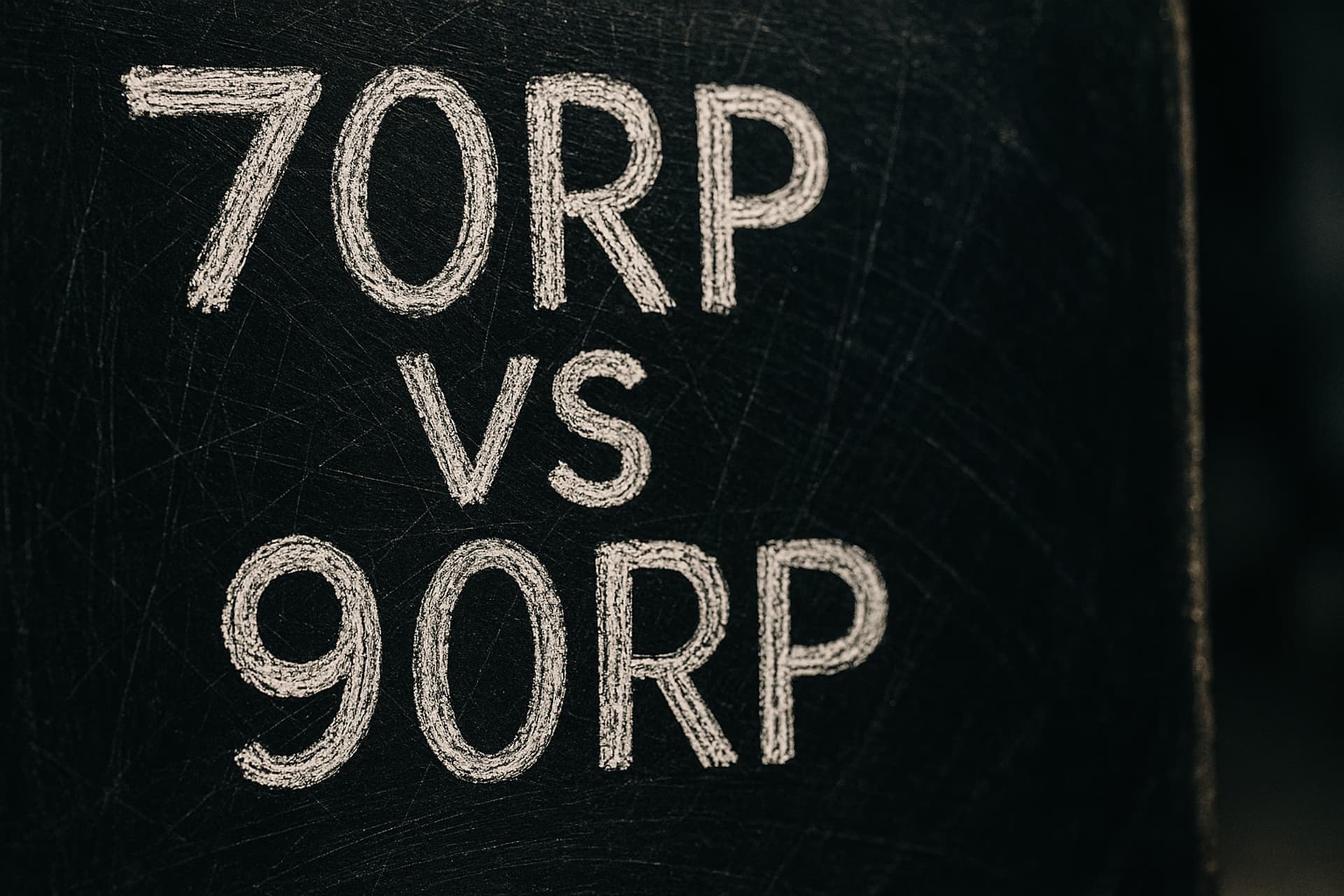O-Level Chemistry Qualitative Organic Analysis Drills
Download printable cheat-sheet (CC-BY 4.0)14 Nov 2025, 00:00 Z
A
Reviewed by
Azmi·Senior Chemistry Specialist
Want small-group support? Browse our IP Chemistry Tuition hub.
TL;DR
Paper 3 may assess “qualitative organic analysis” using Topic 11 reactions such as bromine-water decolourisation or acidified potassium manganate(VII) tests (SEAB 2026 syllabus, p. 27).
Strong responses pair hazard-aware Planning statements with crisp MMO observations (“orange bromine water decolourised rapidly at room temperature”) and ACE conclusions that flag false positives or control experiments.
Use these drill circuits to rehearse full write-ups before the exam lab slots and partner them with the observation vocabulary guide at https://eclatinstitute.sg/blog/o-level-chemistry-experiments/o-level-chemistry-observation-language-drills.
1 | Why organic tests appear in Paper 3
- Syllabus mandate. SEAB names “qualitative organic analysis” alongside titration, salt preparation, and gas collection in its Paper 3 techniques list (SEAB 2026 syllabus, p. 27). Expect simple test-tube reactions that probe functional groups (alkenes, alcohols, carboxylic acids).
- Skill coverage. These tasks exercise MMO (apparatus handling, reagent control), PDO (concise observations), and ACE (deducing functional groups, suggesting confirmatory tests). Planning marks focus on solvent choice, hazard controls, and data treatment.
- Integration with other strands. Organic tests seldom stand alone; they often pair with separation (e.g., extract the organic layer first) or gas identification (e.g., CO₂ from acid reactions), so mastering the organic component raises your score across multiple strands.
2 | Core qualitative organic workflows to drill
| Test | Functional group(s) | Expected MMO observations | Planning hazards / notes |
| Bromine water (room temperature) | Alkenes |




